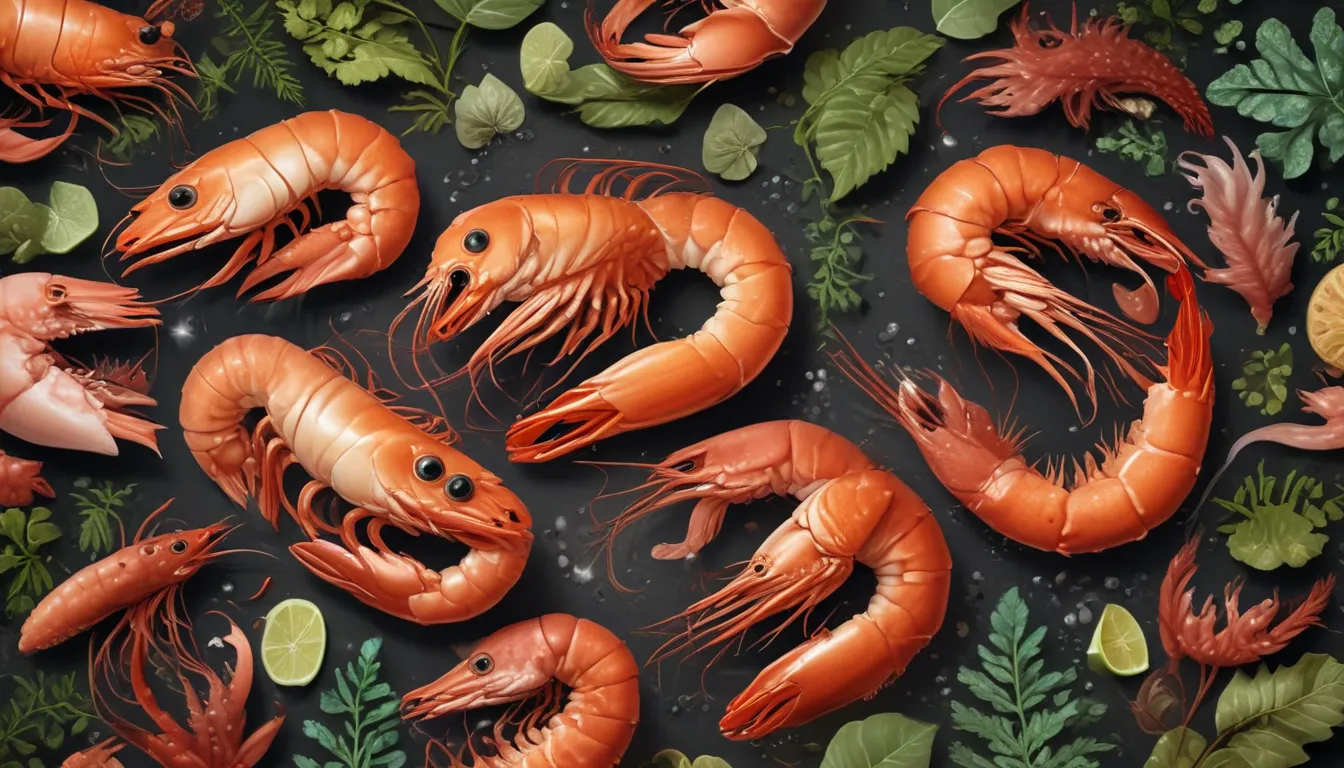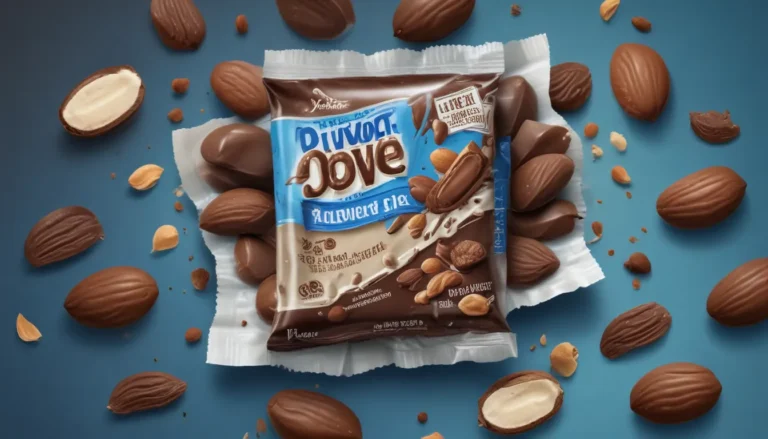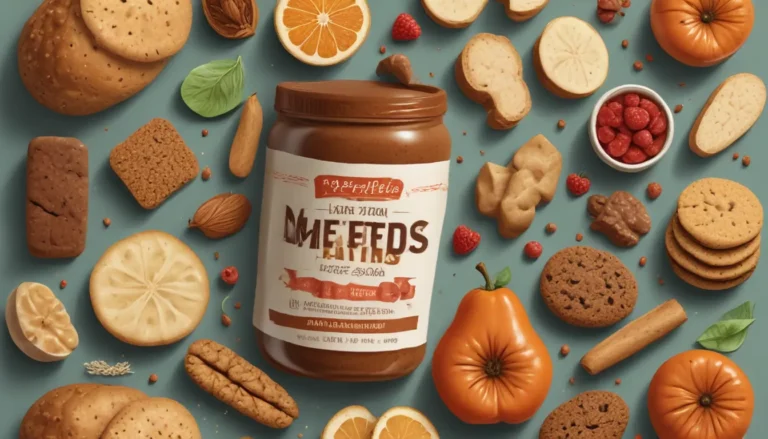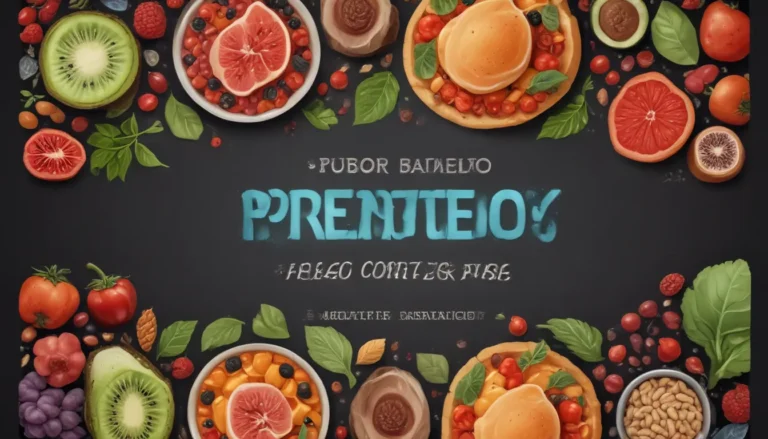The pictures in our articles might not always show exactly what the text is talking about. We use these images to make the article more interesting and eye-catching. They are there to add to the text, but not to replace it or show every detail.
If you're a seafood lover, you've probably indulged in the delightful taste of prawns at some point. These delectable crustaceans offer a unique culinary experience with their rich flavor and versatility in cooking. In this article, we'll delve into 12 fascinating facts about prawns that will deepen your appreciation for these tasty creatures. From their nutritional value to their ecological significance, prawns have a lot to offer beyond just being delicious. So, grab a fork and let's explore the intriguing world of prawns!
Key Takeaways:
- Prawns are not the same as shrimp! They're larger, tastier, and packed with protein and omega-3 fatty acids, making them a healthy and versatile seafood choice for delicious meals.
- Prawns play a vital role in marine ecosystems and support local economies through fishing and aquaculture.
Prawns vs. Shrimp: Spotting the Differences
While prawns and shrimp belong to the same family, they have distinct characteristics. Prawns are generally larger in size and boast a sweeter, more robust flavor compared to shrimp. So, next time you're at the seafood counter, keep an eye out for these tasty prawns!
A Protein Powerhouse
Prawns are a fantastic source of high-quality protein, with a 100-gram serving providing approximately 25 grams of this essential nutrient. Protein is vital for muscle growth and repair, making prawns a healthy choice for those looking to maintain a balanced diet.
Low in Fat and Calories
If you're conscious of your calorie intake, prawns are a great option as they are low in fat and calories. This makes them a healthier choice compared to many other protein sources, allowing you to enjoy a delicious meal without the guilt.
The Omega-3 Advantage
Omega-3 fatty acids are renowned for their heart-healthy benefits, and prawns are a good source of these beneficial fats. By incorporating prawns into your diet, you can promote cardiovascular health and reduce inflammation in your body, all while savoring their delicious flavor.
Antioxidant-Rich Goodness
Prawns contain antioxidants like astaxanthin, which not only give them their vibrant pink color but also help protect our cells from damage. These antioxidants offer various health benefits, making prawns not just tasty but also nutritious.
Culinary Versatility
Whether you prefer your prawns grilled, sautéed, steamed, or tossed into a flavorful curry, prawns are incredibly versatile in the kitchen. Their delicate flavor pairs well with a range of seasonings and ingredients, allowing you to get creative with your culinary creations.
A Nutrient Powerhouse
In addition to protein, prawns are rich in essential vitamins and minerals, including vitamin B12, zinc, iron, and selenium. These nutrients play crucial roles in supporting overall health and various bodily functions, making prawns a wholesome addition to your diet.
Habitat Adaptability
Prawns are adaptable creatures that can thrive in both freshwater and saltwater environments. From rivers to oceans, prawns can be found in a variety of aquatic habitats, showcasing their ability to adapt to different salinity levels.
Coastal Culinary Delights
In coastal regions worldwide, prawns are a staple ingredient in traditional cuisines. From fragrant curries to succulent garlic butter prawns, these versatile crustaceans add depth and flavor to a wide range of dishes, enriching culinary experiences globally.
Economic Impact
The prawn industry plays a significant role in many countries, providing employment opportunities and contributing to local economies through fishing and aquaculture. Prawn farming and harvesting sustain livelihoods and support communities in coastal regions.
Environmental Importance
Prawns are not just a tasty treat; they also play a vital ecological role. By serving as prey for larger species and contributing to the balance of aquatic populations, prawns help maintain the health of marine ecosystems, underscoring their importance beyond the dinner plate.
Global Culinary Love
From upscale restaurants to casual seafood eateries, prawns are a beloved choice among food enthusiasts worldwide. Their delicious flavor and culinary versatility have made them a sought-after ingredient in a multitude of cuisines, connecting people through a shared love of prawns.
The Delightful World of Prawns
When it comes to seafood, prawns stand out as a culinary treasure with their distinct flavor and culinary adaptability. Contrary to popular belief, prawns offer more than just taste – they pack a nutritional punch with protein, omega-3 fatty acids, and essential vitamins and minerals. Additionally, their role in marine ecosystems and local economies highlights the broader impact of these delightful creatures.
Next time you indulge in a prawn dish, savor the flavorful experience while appreciating the fascinating facts behind these delectable crustaceans. From their protein-rich profile to their ecological significance, prawns offer a multi-dimensional culinary journey that transcends borders and cultures.
FAQs
Are prawns and shrimp the same thing?
While prawns and shrimp may look alike, they are distinct species, with prawns typically larger and having claws on three pairs of legs compared to shrimp.
Are prawns high in cholesterol?
Contrary to common belief, prawns are relatively low in cholesterol and considered a healthier protein choice compared to many meats and poultry.
How do I choose fresh prawns?
Look for prawns with a firm texture, translucent appearance, and a slight sheen, while avoiding those with a fishy smell or discoloration.
Are prawns sustainable seafood?
Look for certifications like the Marine Stewardship Council (MSC) or Aquaculture Stewardship Council (ASC) to ensure you're choosing sustainably sourced prawns.
How should I store prawns?
Store prawns in the refrigerator at 32-39°F (0-4°C) in a sealed container to maintain freshness and prevent cross-contamination.
Are prawns safe to eat during pregnancy?
Cook prawns thoroughly before consumption during pregnancy to reduce the risk of foodborne illnesses.
Can I freeze prawns?
Yes, fresh prawns can be frozen in an airtight container or freezer bag for up to three months.
How do I cook prawns?
Prawns can be cooked in various ways, ensuring they are opaque and firm to indicate they are fully cooked.
Can prawns be included in a gluten-free diet?
Prawns are naturally gluten-free, but check for gluten-containing ingredients in seasonings and marinades.
Are prawns suitable for people with shellfish allergies?
Individuals with shellfish allergies should avoid prawns as they are part of the shellfish family and may trigger allergic reactions.
Conclusion
In conclusion, prawns offer not only a delectable dining experience but also a wealth of nutritional benefits. Their high protein content, low fat, and calorie profile, along with essential vitamins and minerals, make prawns a wholesome addition to any diet. Their versatility in cooking and cultural significance further highlight the appeal of these delightful crustaceans.
Now armed with these 12 fascinating facts about prawns, you can impress your friends and family with your knowledge while relishing the deliciousness and health benefits that prawns bring to the table. So, go ahead and enjoy the delightful world of prawns in your next culinary adventure!
Was this page helpful?
Our commitment to delivering accurate and engaging content drives our pursuit of sharing valuable insights with our readers. Each fact you encounter is sourced from real contributors, ensuring a diverse and credible perspective. With a dedicated team of editors ensuring quality and authenticity, you can trust in the information we provide. Join us on a journey of discovery and learning as we continue to serve you with captivating content.






